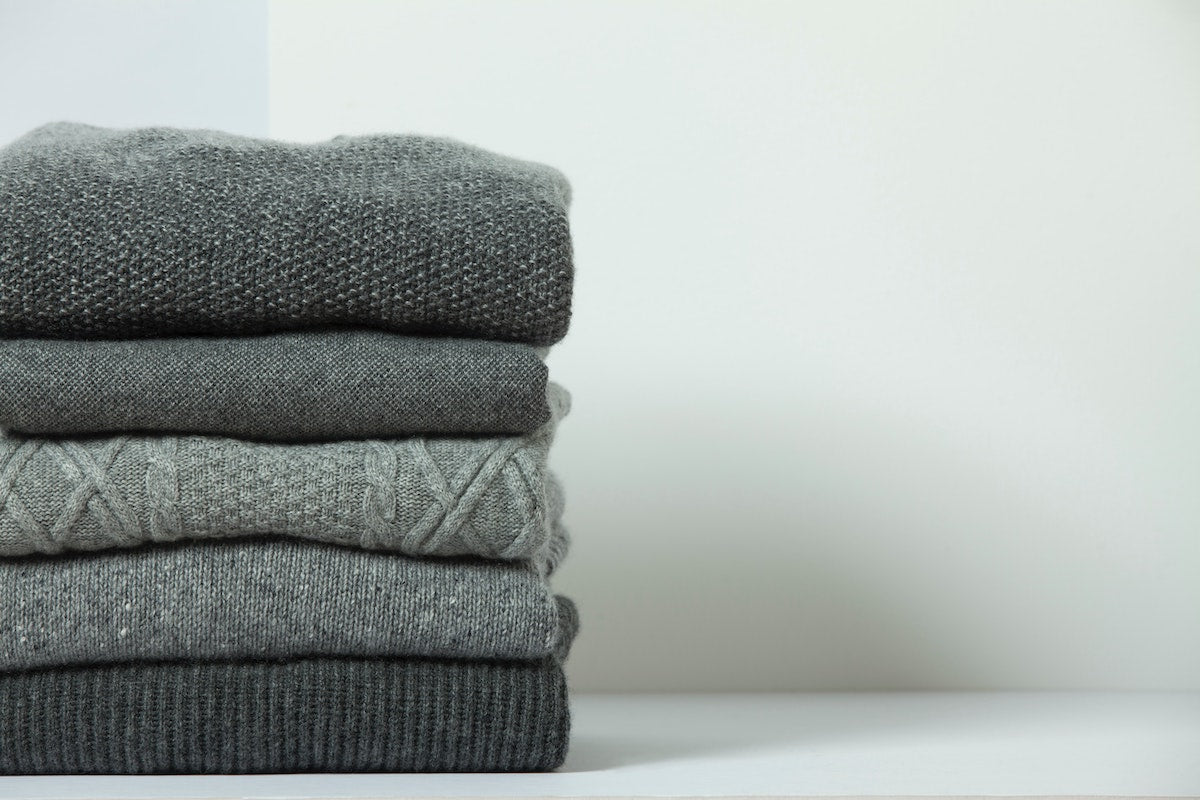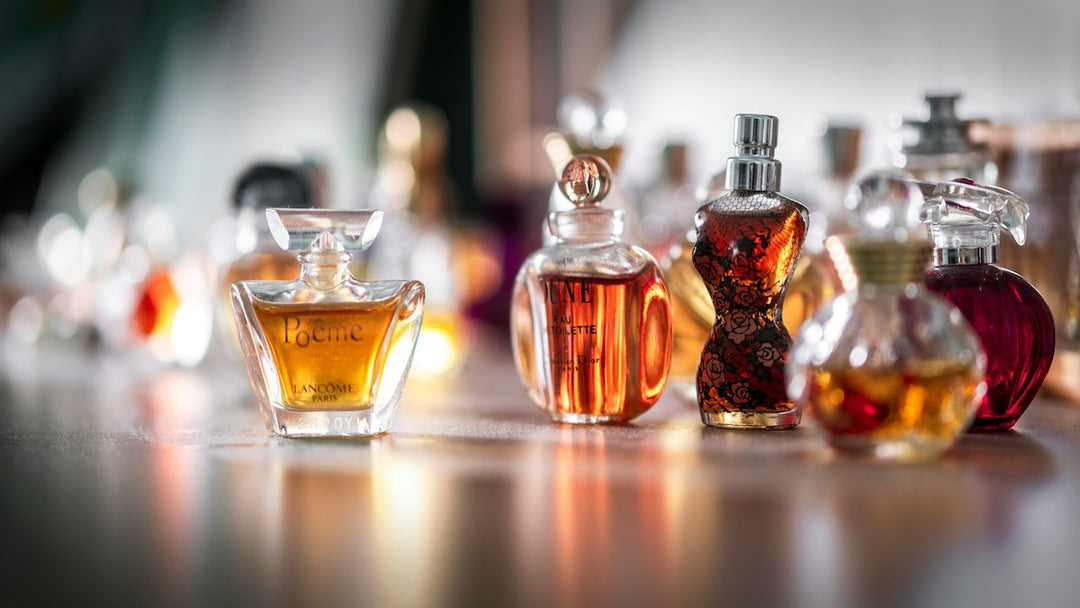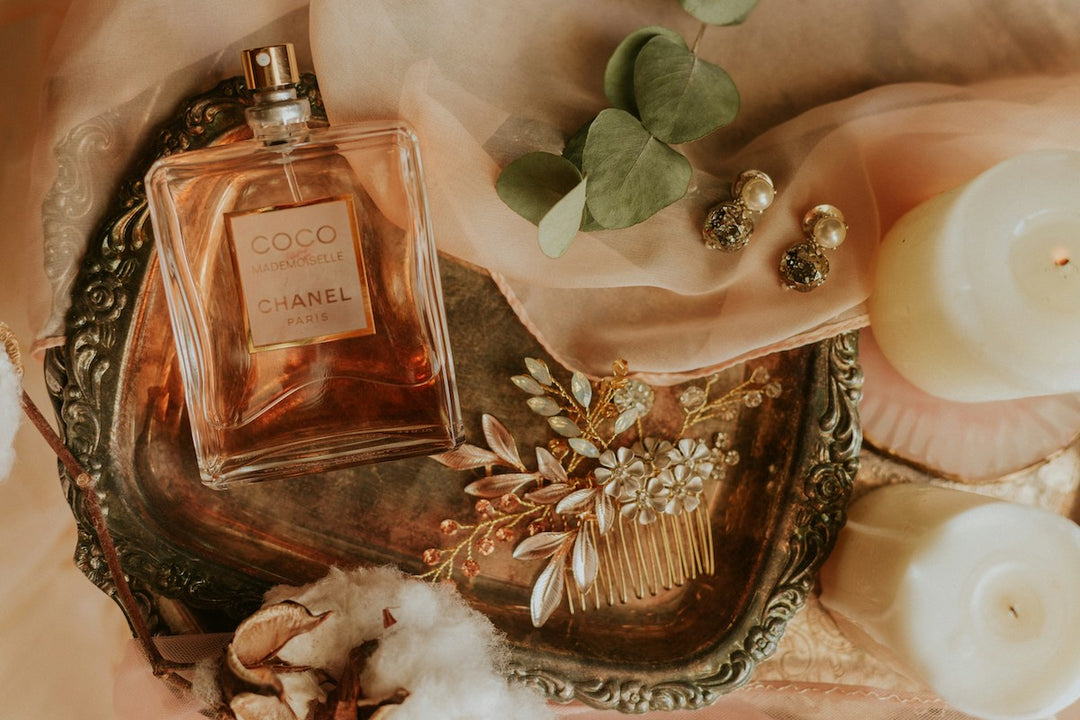Cashmere is so expensive because it's all down to the rarity and the intensive labour that goes into producing this luxurious fabric. Cashmere, known for its softness and warmth, is derived from the undercoat of a specific breed of goats.
These goats are primarily found in harsh climates, such as Mongolia and China, where they develop a dual-layered coat to survive. The inner layer, which provides the cashmere, is incredibly fine and soft. However, it's also scarce, as one goat only produces enough cashmere for about half a sweater per year.
The production process is where the cost really adds up. It's a time-consuming task that involves combing and sorting the fibres by hand. This labour-intensive process, coupled with the rarity of the material, is what makes cashmere so expensive.
What is Cashmere?
Cashmere is a type of wool that comes from the Cashmere goat, also known as Capra hircus.
These goats are primarily found in the high-altitude regions of Central Asia, including China, Mongolia, and Afghanistan.
The undercoat of these goats, known as cashmere fiber, is the source of this luxurious fabric.
The Rarity of Cashmere
When you hear about cashmere, the first thing that may spring to mind is its luxurious quality. But have you ever stopped to consider just how scarce this opulent material really is?
Cashmere comes from a specific breed of goat, known as the Cashmere goat. These animals are primarily found in brutal and harsh climates like Mongolia and China. With such a limited geographical range, it's clear that the source of cashmere is not as abundant as other materials.
The exclusivity of cashmere, however, runs deeper than its origins in a handful of countries. Sure, its fineness and softness set it apart. But what makes cashmere truly stand out from the crowd is its surprising rarity.
You see, each Cashmere goat produces very little of the precious undercoat used to make cashmere wool. In fact, to create a single cashmere sweater, you'd need the annual produce of not one, not two, but at least three goats! That's a lot of goats for just one piece of clothing. And we're not even talking about thicker cashmere items like coats or blankets.
Moreover, the process of extracting cashmere is not as simple as shearing a sheep. The first step involves combing the undercoat of the goat. This not only requires time and patience, but it also demands a certain level of skill. After that, a separate manual process is needed to remove coarse hairs from the delicate cashmere fibres.
If we consider these factors, it's no wonder that the supply of cashmere can't keep up with its increasing demand.
While we could go on about cashmere and its unique characteristics, this just provides an insight into why cashmere is considered a rare gem in the world of textiles. Nonetheless, despite its scarcity and the consequent high price, people continue to covet this material for its unparalleled softness and durability.
The Production Process
Stepping into the world of cashmere production, it's immediately clear why this material is tagged with a high price. Every step of cashmere production, from extraction to weaving, points to not only the rarity of the material but also the required investment in time, skill and handling.
To kick off the process, harvesting the wool remains key. Harvesting doesn't involve shearing as you'd see with sheep wool. Instead, in spring, as the goats naturally shed their winter undercoat, workers carefully comb the goats to collect the delicate cashmere fibres. This gentle process ensures that the amount collected from each goat often doesn't surpass 150 grams annually.
The collected cashmere then undergoes refinement, another meticulous task. A cashmere goat's winter undercoat is enveloped by a thick outer layer of rough guard hair. Removing this rough hair without damaging the soft cashmere requires a deft technique - contributing to the material's high cost.
After refinement, what follows is spinning the cashmere into yarn. Cashmere, unlike many other wools, doesn't have natural elasticity. This means the spinning process has to be exceptionally controlled to avoid snapping the fine hairs, once again adding to labour time and skill needs.
Closing this section, cashmere's final step is weaving and dyeing. With its propensity for snapping, cashmere requires slow, cautious weaving - a further investment in time and skill. Plus, cashmere's impressive ability to hold vibrant dyes without losing its softness or strength adds a final layer of expense.
Assuming just one sweater needs the annual undercoat of three goats to be produced, coupled with the extensive labour and expertise needed every step of the way, it's undeniable that cashmere's high price tag is justified.
Hand Combing and Sorting
Let's look more closely at the process of hand combing cashmere and the subsequent sorting that takes place. Imagine that you're in the midst of a wide Mongolian plateau about to harvest cashmere from goats. Hand combing is the traditional practice, and it's one of the factors contributing to the high cost of cashmere products.
Cashmere goats naturally shed their undercoat during springtime. This delicate undercoat, also referred to as down, is what’s harvested for cashmere production. The combs carefully catch hold of the down without disturbing the topcoat. This method, carried out by skilled hands, safeguards the integrity of the fibres while ensuring humane treatment of the animals.
Once the down is collected, it's time for sorting. This incredibly labour-intensive task involves the separation of the soft cashmere fibres from the coarse guard hair. The sorting process segregates fibres based on their colour, length, and quality. A keen-eyed and patient sorter discerns the subtle differences between the fibres.
|
Fibre Type |
Description |
Use |
|---|---|---|
|
White Cashmere |
Highest quality, longest length |
Luxury garments |
|
Grey/Brown Cashmere |
Lower quality, shorter length |
Everyday wear clothing |
Finally, an elaborate process of cleaning happens. The fibres are washed in a solution that's carefully balanced to clean without causing damage. After this stage, they're ready for spinning into yarn.
Hand combing and sorting are vital processes in cashmere production, which can’t be rushed or mechanised without compromising the fibre's unique quality. It's these labour-intensive, time-consuming tasks that contribute to the precious value of cashmere. Despite the cost, you'll find that owning a piece of this luxurious fabric is an investment in comfort, style, and enduring quality.
Labour-Intensive Task
Have you ever wondered why cashmere holds such a lofty price tag? Beyond the prime quality of the fibres, a key factor is the great deal of manual effort that goes into production. After the time-consuming work of hand combing and sorting, additional labour-intensive steps are needed to transform raw cashmere into a plush, stylish wearable.
Firstly, let's search into the spinning process. Once the cashmere fibres are sorted and cleaned, they're spun into yarn. This isn't your run-of-the-mill spinning, it's a meticulous job demanding precision and care. Given the delicate nature of cashmere fibres, machines can't replace human expertise. The result, however, is worth the painstaking process—a luxuriously soft, high-quality yarn.
Next, there's the knitting and weaving stage. Although some steps of this phase can be mechanized, refined craftsmanship is not forgotten. From scarf to sweater, every cashmere product you own involves countless hours of skilled knitting and weaving.
Then comes dyeing and finishing. To achieve an array of colours and deliver a finished product that speaks of elegant comfort, the cashmere items go under a detailed dyeing process. Artisans ensure the dye fully penetrates the yarn, solidifies the colour, and doesn't tamper with the distinct softness. The final touch—a thorough inspection for any flaws or imperfections—is made before the item is ready for its journey on to customers.
The attention to detail, precise handling, and sheer time invested in every step make the production of cashmere costly. By investing in a cashmere item, you're not just buying luxury, you're getting a piece crafted with patience, precise attention to detail, and a commitment to quality. So, next time you run your finger over that satin-like texture, you'll appreciate the colossal effort behind that cashmere softness and style even more.
Frequently Asked Questions
Why is cashmere expensive?
Cashmere is priced high due to the intricate and labour-intensive process involved in its production. From sorting raw fibres to spinning into yarn, every step is meticulously executed, often by hand.
What factors contribute to the cost of cashmere?
Several factors contribute to the cost of cashmere, including the time and effort taken in each production process, the attention to detail and quality control, and the traditional hand-combing and sorting of cashmere.
What processes are involved in making raw cashmere wearable?
Making raw cashmere wearable involves many steps, such as sorting and cleaning the fibres, spinning them into yarn, knitting and weaving that yarn into a garment, and then dyeing the piece. Each finished item is then inspected for flaws or imperfections.
What does investing in a cashmere item mean?
Investing in a cashmere item means not only purchasing a luxurious product, but also supporting a meticulous crafting process. It is a testament to patience, attention to detail, and commitment to quality.
Summary of Why Cashmere is Expensive
So now you know why cashmere holds such a hefty price tag. It's not just about luxury, but the entire painstaking process behind it. The traditional hand combing and sorting, the meticulous transformation of raw cashmere into a wearable item, and the rigorous quality checks all add to the cost.
When you invest in cashmere, you're buying more than a piece of clothing. You're appreciating a craft that values patience, precision, and a commitment to quality. It's a testament to the art of clothing production, where every step counts.
So, the next time you're eyeing that cashmere scarf or jumper, you'll understand the real value behind it. It's not just a purchase, it's an investment in craftsmanship and quality.






Leave a comment